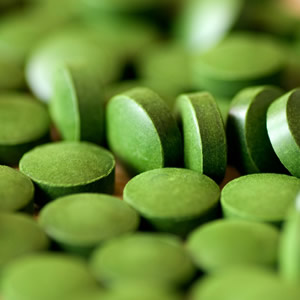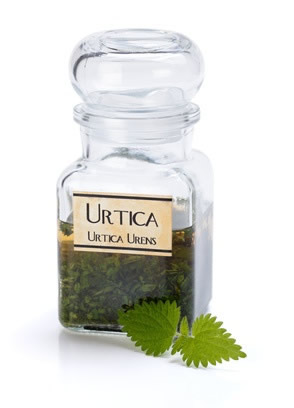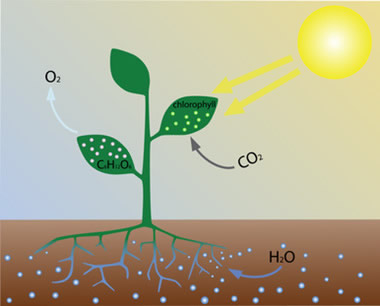Spirulina is a type of blue-green algae. These algae produces body chemicals that attack tumor cells that cause cancer. Test tube and animal-based studies indicate spirulina may boost the immune system and anticancer effects.
Spirulina Cancer Benefits
Spirulina strengthens the immune system to fight against the formation of malignant tumors. In a 2002 Japanese study, twelve male participants were administered an oral hot water extract of spirulina, and the number and activity of their natural killer cells was measured before and after therapy. At the end of the study period, there was a significant increase in the production and cancer-killing ability of these participants’ natural killer cells. A study performed by a Chinese scientists reported in Biomedicine and Pharmacotherapy in Oct 2009, show that a combination of selenium and Spirulina plantesis may have the effect to avoid human breast cancer. A 2002 study by the Department of Animal Sciences at India’s University of Hyderabad from the US National Institutes of Health’s research data publication site, explains the process by which spirulina is able to inhibit the elevated levels of Cycloxygenase-2 associated with inflammation and cancer.
In mice with chemically induced stomach cancer, the tumor burden was reduced to half that of the control animals using high-dose spirulina therapy. Experimental studies in animal models have showed an inhibitory activity of spirulina on oral carcinogenesis. Preliminary study findings show that taking 1 g of spirulina fusiformis daily by mouth for 12 months reduces oral leukoplakia (a non-cancerous, but high risk pre-cancerous condition) in individuals who chew tobacco. According to a 1995 study published in “Nutrition and Cancer“, 45% of Indian patients who chewed tobacco reported a complete regression of pre-cancerous mouth lesions after receiving extracts of spirulina for 12 months. Spirulina has chemo-protective and radio-protective effect, and may be a potential adjunct to cancer treatment. Researchers in China have shown that spirulina increased the level of white cells in the blood and of nucleated cells and DNA in the bone marrow of mice that had been subjected to radiation and chemotherapy.
C-PC (C-phycocyanin) from Spirulina has been previously shown to have anti-cancer effects. It is a water soluble, non-toxic fluorescent protein pigment with strong antioxidant, anti inflammatory and anticancer activities. In a study the effect of highly purified C-Phycocyanin was investigated on growth and multiplication of human chronic myeloid leukemia cell line. The results demonstrate important reduction (49%) in the proliferation of K562 cells treated with 50 microM C-Phycocyanin up to 48 hour. Researchers at the “Osaka Institute of Public Health” have found that spirulina extrac promoted the activation of natural cancer-fighting substances in the body. In this study participants over 40 years of age were given 50 ml of a spirulina extract (Lina Green 21) and the level of natural cancer-fighting substances were measured in their blood. The findings demonstrated that spirulina extract significantly increased the tumor killing ability of NK (natural killer) cells and interferon gamma. The interferon gamma and NK cell activity was increased 1-2 weeks after administration of spirulina and the activity continued for 12-24 weeks after stopping the administration of spirulina.
Spirulina has a dark blue-green color, because it is rich in a brilliant blue polypeptide called phycocyanin, which affects the stem cells found in bone marrow. Phycocyanin builds blood. Chinese researchers documented phycocyanin as stimulating hematopoiesis, emulating the affect of the hormone erythropoetin (EPO). Chinese researchers claim phycocyanin also regulates production of white blood cells, even when toxic chemicals or radiation damages bone marrow stem cells. Based on this property, spirulina is approved in Russia for treating radiation sickness. These algae was used to treat children suffering radiation sickness after the Chernobyl disaster. Their bone marrow is damaged, rendering them immunodeficient and unable to produce normal red or white blood cells. Children fed only 5 g of Spirulina tablets each day make impressive recoveries within 6 weeks. Children not given spirulina remain diseased. Research continuing through 1999 in Belarus demonstrated immune building, normalization of peroxide lipid oxidation and detoxifying effects of spirulina extract in children and teenagers.
 Chlorella is used for preventing cancer, reducing radiation therapy adverse effects, stimulating the immune system, improving response to flu vaccine, increasing white blood cell counts, protecting the body against toxic metals such as lead and mercury. In Japan, it is traditionally used as a therapy for duodenal ulcers, gastritis, diabetes, asthma and hypertension.
Chlorella is used for preventing cancer, reducing radiation therapy adverse effects, stimulating the immune system, improving response to flu vaccine, increasing white blood cell counts, protecting the body against toxic metals such as lead and mercury. In Japan, it is traditionally used as a therapy for duodenal ulcers, gastritis, diabetes, asthma and hypertension. have stinging hairs on their leaves and stems. The needles pump a mixture of formic acid, histamine, serotonin (5-hydroxytryptamine), acetylcholine, moroidin and leukotrienes into the epidermis, producing a stinging or burning sensation.
have stinging hairs on their leaves and stems. The needles pump a mixture of formic acid, histamine, serotonin (5-hydroxytryptamine), acetylcholine, moroidin and leukotrienes into the epidermis, producing a stinging or burning sensation. Nettle leaf is a important natural remedy for anemia. Plant contain high concentrations of
Nettle leaf is a important natural remedy for anemia. Plant contain high concentrations of  Chlorophyll detoxifies the liver, kidney, bowel and bloodstream and helps eliminate toxins that can damage health. Also, helps neutralize normal body odors and acts as a natural deodorant. In the 1940s chlorophyll began to be used as an internal deodorant for individuals with colostomies in order to control fecal odor. Dr. Wescott reported that when chlorophyll is taken internally in adequate quantities, it reduces or eliminates offensive body and breath odors.
Chlorophyll detoxifies the liver, kidney, bowel and bloodstream and helps eliminate toxins that can damage health. Also, helps neutralize normal body odors and acts as a natural deodorant. In the 1940s chlorophyll began to be used as an internal deodorant for individuals with colostomies in order to control fecal odor. Dr. Wescott reported that when chlorophyll is taken internally in adequate quantities, it reduces or eliminates offensive body and breath odors. zeaxanthin).
zeaxanthin).